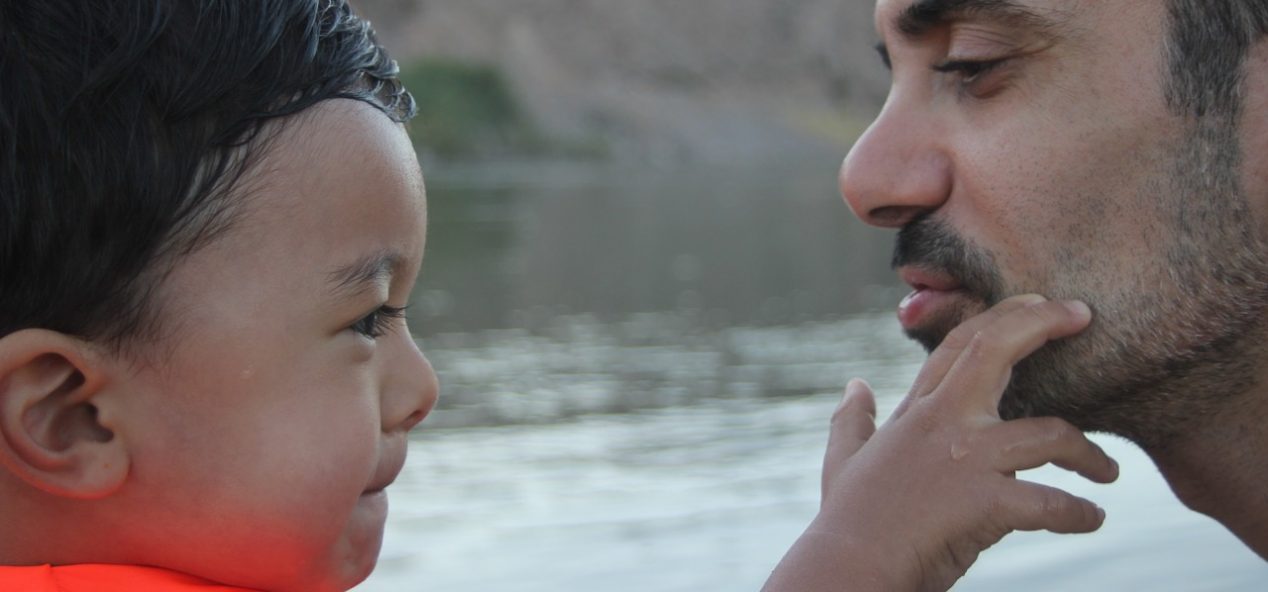
Rationale: Now that your child is engaging in back and forth games with and without objects, using the strategies described in this module and in previous modules, it is time to teach some imitation of gestures and facial expressions. Gestures are essential for non-verbal communication, as described in module 3, and can give your child a more active role within song and game routines. Facial expressions are also essential for non-verbal communication. In this module we will look at strategies to teach your child to imitate them.
To encourage your child to imitate gestures and facial expressions you can:
- Pick a gesture that occurs in a familiar song or game that your child enjoys, e.g. hands up, clapping, waving etc.
- When it gets to that part of the song or game, begin to do the gesture and then prompt your child to imitate by gently moving her hands. Reward your child by continuing the game.
- Each time offer a little less help – for example instead of moving her hands for her, just touch her hands briefly. Don’t worry if she doesn’t get it exactly and give lots of praise for any attempt!
- To encourage imitation of facial expressions, use over-exaggerated and slowed-down reactions within your games. Give lots of praise if you see your child imitating even slightly.
- Try making faces in front of a mirror together. Incorporate exaggerated facial expressions in all your routines e.g. a big “uh-oh!” whenever anything falls. Praise any attempt to imitate. Keep this up even if you don’t see your child imitating at first – imitating facial expressions can be difficult!
 Read More:
Read More:
What’s Your Sign? Gestures and Signing

Watch this Video: Learn by Imitation: In this video clip, you will see a provider and child making faces in front of an IPad together. The provider is encouraging imitation of facial expressions and vocalizations by using over-exaggerated and slowed-down reactions during the play interaction. This demonstrates an effective teaching strategy to help your child and learn by imitation.
